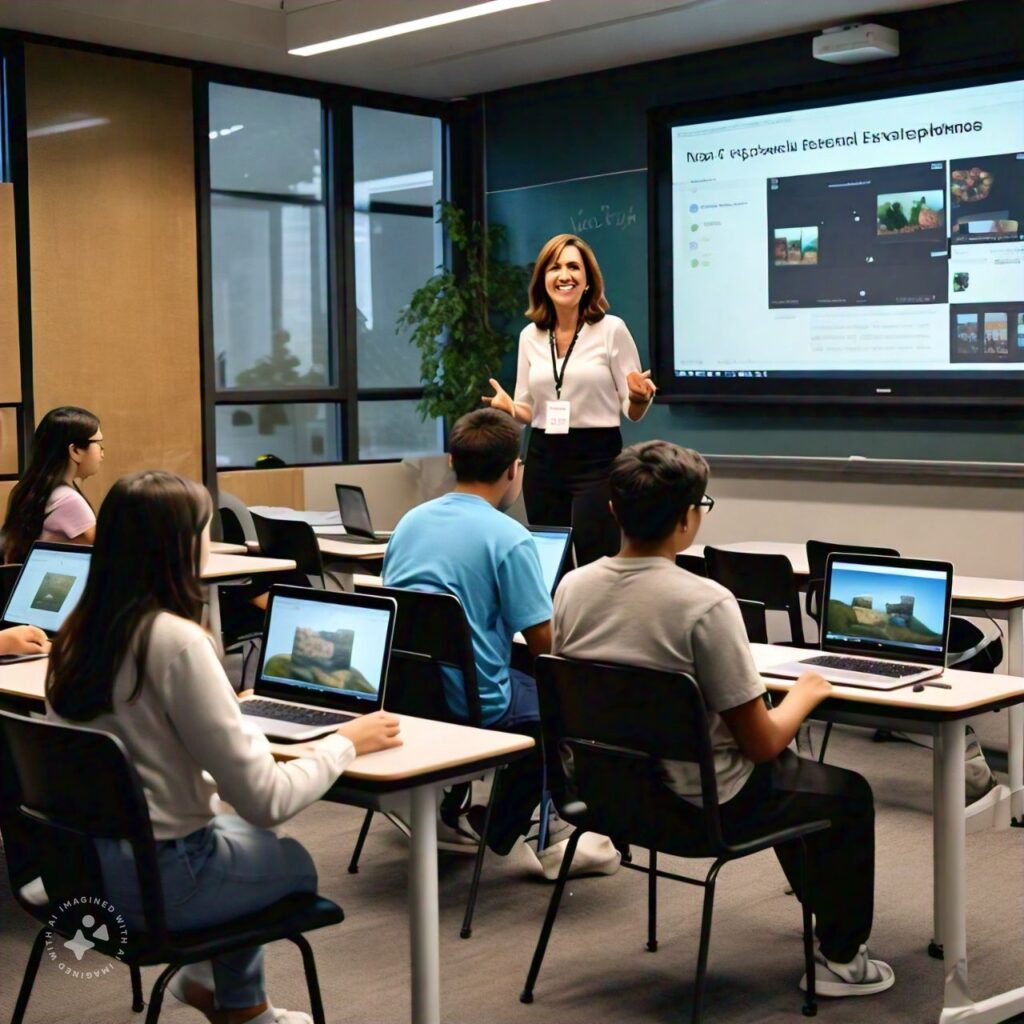
Introduction to NextGen Virtual Learning
As the world shifts toward digitalization, education is evolving rapidly, embracing new technologies to prepare students for the demands of future jobs. NextGen Virtual Learning Environments (VLEs) are at the forefront of this transformation, providing innovative, immersive platforms that simulate real-world experiences. Through these digital environments, students can engage with content, interact with peers, and receive personalized feedback—no matter where they are.
In a NextGen VLE, students don’t just passively absorb information. Instead, they actively participate in simulations, virtual labs, and collaborative projects that bring complex concepts to life. This style of learning fosters critical thinking, creativity, and adaptability, which are essential in today’s fast-changing job market. From elementary schools to universities, educational institutions worldwide are adopting NextGen tools to make learning more relevant and engaging.
The Role of NextGen Virtual in Education
NextGen Virtual Learning Environments use cutting-edge technology like artificial intelligence (AI), augmented reality (AR), and virtual reality (VR) to create interactive, hands-on learning experiences. With these tools, students can explore subjects in-depth and at their own pace, giving them control over their learning journey. These platforms allow students to visualize complex ideas—think dissecting a digital frog in biology or exploring ancient Rome through VR—without the limitations of traditional classrooms.
Key Benefits of NextGen Virtual Learning
- Personalized Learning: AI-driven platforms can analyze student performance and adjust learning material to match their strengths and weaknesses.
- Global Collaboration: Students can work with peers from around the world, learning how to communicate and solve problems in diverse teams.
- Flexible Learning Schedules: Virtual environments enable learning anytime, anywhere, allowing students to balance studies with other responsibilities.
- Engaging and Interactive Content: VR and AR bring learning to life, making subjects like history, science, and engineering more captivating and memorable.
Skills Students Gain from Virtual Learning
One of the primary goals of education today is to equip students with the skills they’ll need to succeed in the workforce. NextGen VLEs are tailored to help students develop a blend of technical and soft skills that are highly valued by employers.
Key Skills Acquired in NextGen Virtual Environments
- Digital Literacy: As students navigate virtual platforms, they gain critical digital skills that are necessary in virtually every industry.
- Problem-Solving: Interactive simulations and project-based learning encourage students to analyze information, make decisions, and solve complex problems.
- Teamwork and Communication: Collaborative projects teach students to work in diverse groups, communicate effectively, and manage time and resources.
- Adaptability: In a constantly evolving tech landscape, the ability to quickly adapt to new tools and methodologies is crucial. Virtual learning environments prepare students to be flexible and open-minded.
By developing these skills, students gain an edge in the job market and are better prepared for careers in fields like technology, healthcare, engineering, and more.

Challenges and Solutions in Virtual Education
While NextGen virtual learning has plenty of advantages, it also presents challenges that educators, developers, and students must address. Some common obstacles include access to technology, engagement levels, and ensuring the quality of virtual instruction.
- Access to Technology: Not all students have reliable internet or access to high-quality devices. Schools and governments are working to bridge this gap by providing laptops and internet services to students in need.
- Maintaining Engagement: Virtual environments can be isolating for some students. To address this, educators incorporate interactive elements like quizzes, polls, and group discussions to keep students engaged.
- Ensuring Quality of Instruction: Virtual instruction requires a unique set of teaching skills. Many institutions offer professional development for educators to help them create effective and engaging virtual lessons.
By addressing these challenges, NextGen VLEs can become even more effective tools for education.
Future of Virtual Learning Environments
The future of NextGen Virtual Learning is full of exciting possibilities. As technologies like AI, VR, and blockchain continue to evolve, virtual learning environments will become even more immersive and adaptable. One emerging trend is gamification, where learning experiences are structured like games to boost engagement and motivation. Additionally, micro-credentialing is gaining popularity, allowing students to earn certificates for completing specific skills-based courses within a virtual environment.
Another promising trend is the rise of Metaverse in education. By blending VR, AR, and social networking, the Metaverse could provide a fully immersive learning experience, where students can “attend” school in a virtual world. This would offer unprecedented opportunities for collaboration, experiential learning, and social interaction.
Future Skills in Focus
NextGen virtual learning will continue to emphasize the development of skills like coding, data analysis, and cybersecurity, all of which are essential in today’s digital economy. Additionally, soft skills like critical thinking and empathy are expected to remain in high demand as automation reshapes the job market.
Conclusion
As the world moves towards a more digital future, NextGen Virtual Learning Environments are equipping students with the skills they need to thrive. By combining the best of technology with innovative teaching methods, these platforms are transforming education and ensuring that students are ready to take on the jobs of tomorrow. The investment in virtual learning today will pay dividends as these young learners step confidently into a rapidly changing workforce.
For those interested in natural products, consider exploring 100% pure shea butter from African Fair Trade Society—a perfect choice for skincare that supports sustainable and fair trade practices. Check it out to make a difference!








